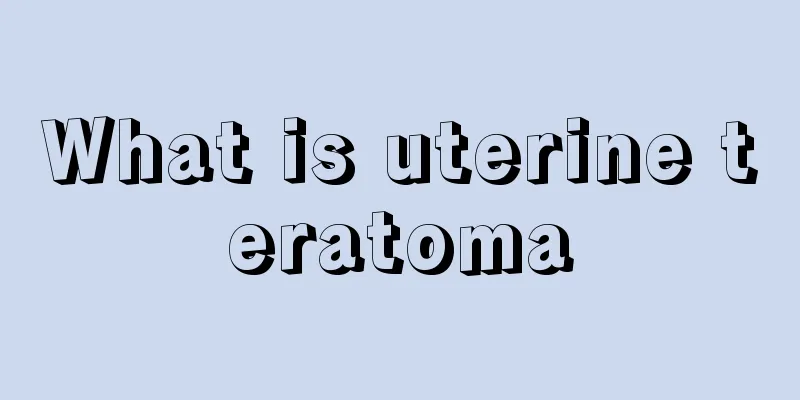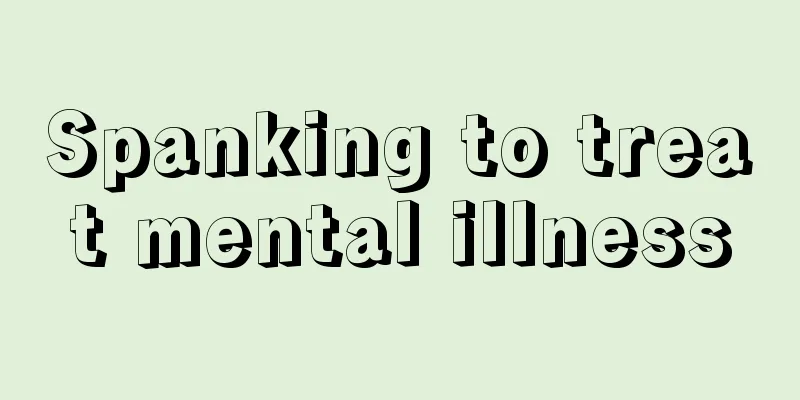Yellow stuff comes out of the pores

|
Pores are the openings of hair follicles, which are mainly where hair grows. In daily life, some people squeeze yellow stuff out of their pores when they squeeze them. This situation is mainly caused by acne, which is prone to occur during adolescence. It can also be caused by excessive sebum secretion, blockage of the sebaceous gland ducts of the hair follicles, and bacterial infection. We can understand the situation of acne in detail and deal with it correctly. Next, let’s look at acne. Worry about acne Clinical manifestations Skin lesions often occur on the face and upper chest and back. Non-inflammatory lesions of acne appear as open and closed comedones. The typical skin lesions of closed comedones (also known as whiteheads) are skin-colored papules about 1 mm in size with no obvious hair follicle openings. Open comedones (also called blackheads) appear as dome-shaped papules with significantly enlarged follicular openings. Acne will further develop into various inflammatory skin lesions, manifesting as inflammatory papules, pustules, nodules and cysts. Inflammatory papules are red and vary in diameter from 1 to 5 mm; pustules are uniform in size and filled with white pus; nodules are larger than 5 mm in diameter and feel hard and painful to the touch; cysts are located deeper and are filled with a mixture of pus and blood. These lesions may also fuse to form large inflammatory plaques and sinus tracts. After the inflammatory skin lesions subside, pigmentation, persistent erythema, and depressed or hypertrophic scars are often left behind. Clinically, acne is divided into 3 degrees and 4 levels according to the nature and severity of acne lesions: Level 1 (mild): only comedones; Level 2 (moderate): in addition to comedones, there are also some inflammatory papules; Level 3 (moderate): in addition to comedones, there are also more inflammatory papules or pustules; Level 4 (severe): in addition to comedones, inflammatory papules and pustules, there are also nodules, cysts or scars. treat 1. Daily care Wash your face with warm water once or twice a day to clean your skin, and avoid squeezing or scratching skin lesions with your hands. Avoid using oily and powdery cosmetics and ointments and creams containing glucocorticoids. 2. Common methods of acne treatment (1) Topical medications: Retinoic acid (retinoic acid cream, adapalene gel, tazarotene gel), benzoyl peroxide, antibiotics (clindamycin, erythromycin, chloramphenicol, etc.), azelaic acid, sulfur lotion, etc. (2) The first choice of oral antibiotics is tetracycline (minocycline, doxycycline, etc.), followed by macrolides (erythromycin). Avoid antibiotics commonly used to treat systemic infections such as levofloxacin. The course of antibiotics is usually 6 to 12 weeks. (3) Oral isotretinoin For severe acne, oral isotretinoin is the standard treatment and currently the most effective method for treating acne. The treatment course aims to achieve a minimum cumulative dose of 60 mg/kg. (4) Anti-androgen therapy, such as the oral contraceptive cyproterone acetate combined tablets, is suitable for female patients with moderate to severe acne accompanied by symptoms of excessive androgen levels (such as hirsutism, seborrhea, etc.) or polycystic ovary syndrome. Female patients with delayed-onset acne and acne that is significantly aggravated before menstruation may also consider using oral contraceptives. (5) Oral glucocorticoids are mainly used for fulminant or aggregated acne, following the principles of short-term, low-dose, and combined with other methods. (6) For patients who cannot tolerate or are unwilling to receive drug treatment, physical therapy such as photodynamic therapy (PDT), fruit acid therapy, laser therapy, etc. can also be considered. 3. Grading of treatment for acne (1) Level 1 is generally treated locally, with topical retinoic acid preparations being the first choice. (2) Level 2: Combined use of topical retinoids and benzoyl peroxide or antibiotics, and oral antibiotics if necessary. (3) Grade 3 often requires combined treatment, with oral antibiotics combined with topical benzoyl peroxide and/or retinoic acid drugs as the first choice. Antiandrogen therapy may also be considered for female patients where indicated. (4) Grade 4 oral isotretinoin is the most effective treatment and can be used as first-line treatment. For patients with more inflammatory papules and pustules, systemic antibiotics combined with topical benzoyl peroxide can be used first, and then oral isotretinoin can be used for sequential treatment after the skin lesions have improved significantly. 4. Maintenance treatment of acne Regardless of the treatment method used, maintenance treatment should be continued after the skin lesions have significantly subsided. Topical retinoic acid drugs are the first choice, and maintenance treatment should be continued for 6 to 12 months. Benzoyl peroxide can be used in combination if necessary. |
>>: Causes and methods of toothache causing headache and half face pain
Recommend
Will I get fat if I quit smoking?
It is very difficult for smokers to quit smoking ...
Taboos of pressing Sanyinjiao
China's traditional Chinese medicine is exten...
What to do when you feel physically tired? This can alleviate
As the pace of daily life quickens, many people w...
The efficacy and taboos of jade
Jade sounds expensive, but nowadays people love t...
What is the reason why thin people can’t gain weight?
Some people are very thin and eat normally, even ...
Can vitiligo be cured? How to treat it?
Vitiligo is a skin disease with an increasingly h...
How to make a towel shower cap
A shower cap is a very useful piece of equipment ...
The simplest way to diagnose liver cancer
There is no simple way to diagnose liver cancer. ...
What are the benefits of adding vinegar to hair washing
What are the benefits of adding vinegar to shampo...
Is there hereditary prostate cancer?
Is there hereditary prostate cancer? Many people ...
How to choose the best papaya
As we all know, papaya has a very short shelf lif...
Will eating bananas make you fat? If you love eating bananas, you must pay attention
Banana is a fruit produced in the south. It is co...
What should patients with ovarian tumors pay attention to during treatment
Ovarian tumor is one of the common tumors of fema...
What should I do if the esophageal cancer is diagnosed one month ago and the examination result is mid-term?
Esophageal cancer was found a month ago and the e...
How to deal with pain in Huantiao
Although many people are not aware of most of the...









